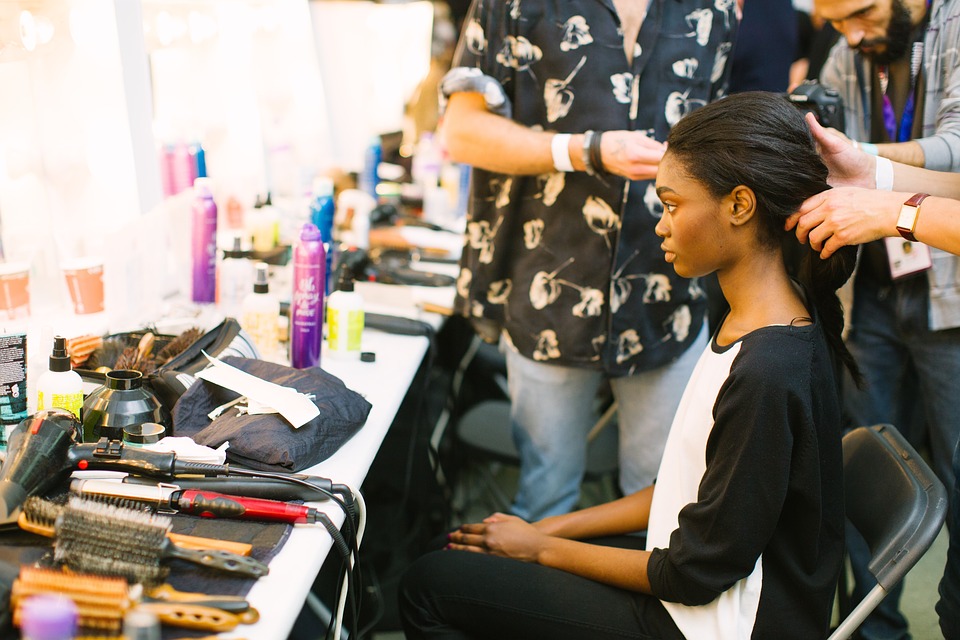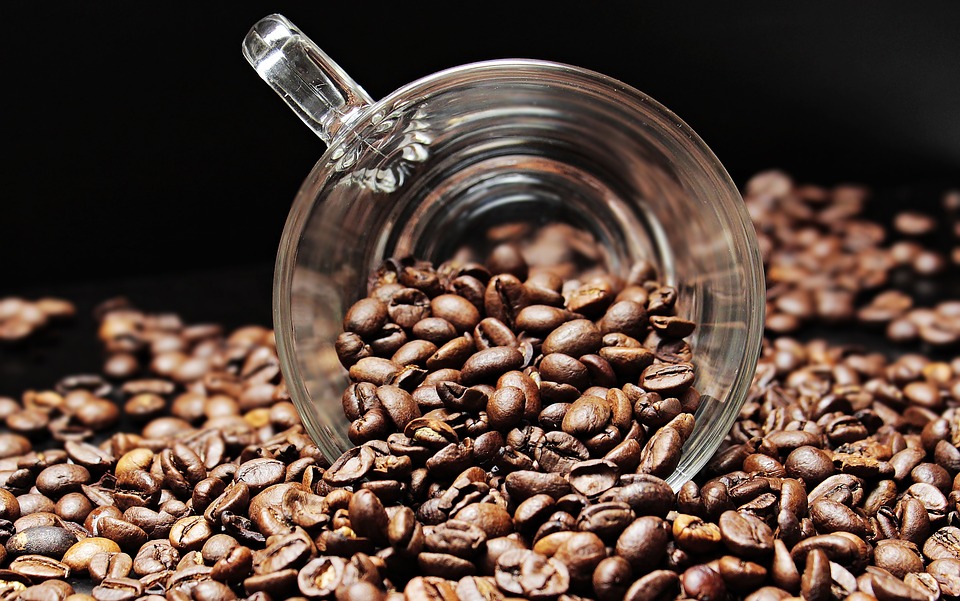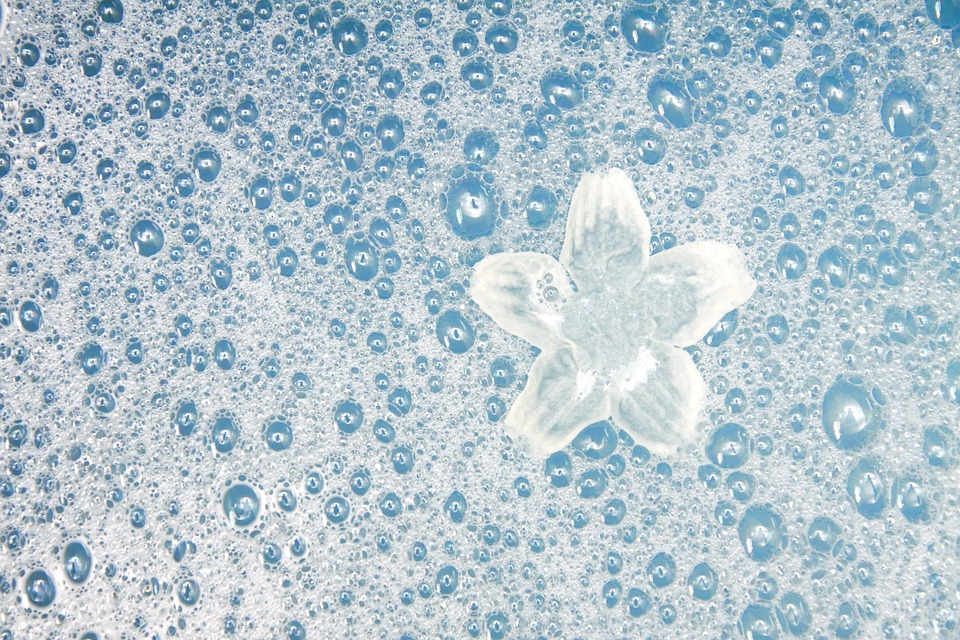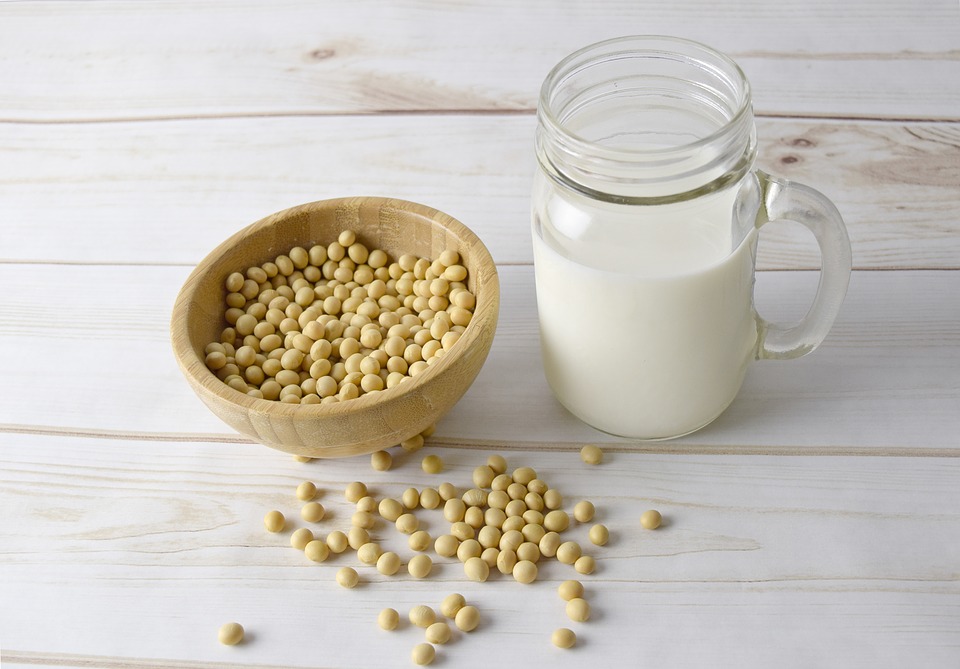Disclosure: This article may contain affiliate links. If you decide to make a purchase, I may make a small commission at no extra cost to you.
There are many different types of hair brushes and combs that you can use for your hair, but each one has a different purpose and will give different results when you use them. Knowing the best brush to use can really help, especially if you have long hair and are growing it out.
Choosing the right brush will help you keep your hair healthier, it will help you style it better, and choosing the right brush will cause less damage when you are brushing your hair.
One type of brush that everyone should have is a Paddle Brush. Great for all types of hair.
Most people will need a few types of brushes, not just one. This will depend on whether or not you want to style it a certain way or whether the hair is damp or wet. In this article, I will list some of the best brushes to support hair growth.
What are Bristles on Hair Brushes?
First of all, I thought I should explain what are bristles and why the type of bristle is important when choosing a hairbrush.
Bristles are simply a stiff hair that is usually used on certain tools, like a paintbrush for example. There are natural bristles which can be found on animals, and also synthetic bristles which are created from materials like nylon.
The bristles are arranged differently on each brush, and this will make a difference in how you use the brush and what you use it for.
Below are the three most common types of bristles that you’ll find on hair brushes.
Synthetic Bristles
Often made from Nylon, these are cheaper than boar bristle brushes, and although do a decent job in creating volume with your hair, and great for a blowout, they don’t tend to distribute the natural oils down the hair shaft as well as a boar bristle brush can.
Also, being a synthetic material, there is more chance of hair pulling when brushing and thus damaging the hair.
On the plus side, these tend to create less static in the hair and good for those who have thick hair.
Type of hair: Good for normal and thicker hair.
Mixed Bristles
A mix of both natural and synthetic that is great for those with long hair. Mixed bristle brushes tend to be good for detangling thicker hair.
Type of hair: Mixed bristles are great for people with curly and frizzy hair.
Boar Bristles
You can spend a lot of money on a brush, and people who are investing in growing their hair will want to use the best brushes. Boar bristles tend to be more flexible than the synthetic type, so they can be less damaging as they don’t snag the hair as much. They also are better able to distribute the natural oils your scalp produces, down the shaft of the hair, creating a better shine and conditioning.
Natural boar bristles also help massage the scalp, thus stimulating the scalp by increasing blood flow and gently exfoliating the scalp removing dead skin cells, so hair follicles don’t get clogged up, which can cause irritation and other problems.
Type of hair: Boar bristle brushes are also an excellent choice for people who have fine hair.
TL;DR: Summary
- For fine hair choose a natural boar material
- For thick hair choose either a mix or synthetic brush
- For normal hair – either boar bristles or a mix of both
Types of hair brushes and their uses
In this article, I will go over the types of brushes that you should have to give you the best results for growing out your hair, styling and keeping it in good shape.
The type of brush that you should use depends on your hair type. Below I will describe the types of materials used and the type of brushes for your hair type.
Paddle Brush
Used for all hair types/general every day use and styling
This is a brush that I use often because I have very long hair that is pretty straight. A paddle brush, well, looks like the shape of a paddle if you hadn’t guessed, and it’s great for detangling hair, and smoothing it out.
The paddle brush does make the hair a little flat, meaning that it’s not great if you’re looking to get a voluminous looking, but it makes straight hair look great. I also find that it feels nice on my scalp when brushing!
The design of it is so that there is an air-filled compartment under the rubber and bristles, and this helps the brush to conform to the shape of your head and minimize pulling of the hair when you’re brushing. And I can attest, this brush hardly ever causes pulling of the hair and does a great job. The paddle brush is the brush that I use most often.
Also, never use a paddle brush to detangle hair curly or wet hair.
Materials: They can be made with different materials like wood and plastic. The bristles on a Paddle Brush often use either boar bristle, nylon, or even horsehair, among others.
Who should use: People with long and thick hair that straightens easily should use a paddle brush. Also great for just about any other hair type whether it be thin, thick, natural and curly.
Wide Tooth Comb
Used for all hair types and wet/damp hair
A wide tooth comb is typically used for hair that is damp and wet hair. They are good for all hair types, and really help minimize the damage that can be caused by brushing when the hair is wet.
The wide tooth comb is gentle on the hair and good for getting the hair in place, ready for blow drying and styling later. Always use either your finger or a wide tooth comb if you ever try to brush your hair when it’s wet because it will be far less likely to snag the hair and cause it to break.
Materials: Combs can be made out of different materials, including plastic and different types of wood.
Who should use: This is suitable for all hair types
Classic Brush
Used for all hair types / general use and everyday styling
These brushes tend to be good for all hair types. They are round/oval shaped and good for all types of hair. They also, like the paddle brush tend to be cushioned, allowing for less pulling on the hair and a gentle brush.
Materials: Often made from plastic and wood. The bristles on classic brushes are usually either boar, synthetic or a mix.
Who should use: Suitable for all hair types
Wet Brush
Used for wet hair
I’m sure you can probably figure out this one! A wet brush is ideal for Yeah, you guessed it. Detangling wet hair!
The bristles are quite flexible and soft, so it doesn’t snag the hair and cause it to break unless the harder bristles on other brushes.
Who should use: ideal for people with naturally curly and thicker hair.
Vent Brush
Used for faster blow drying and building volume for medium length hair
A vent brush is a brush which allows good airflow throughout when you are brushing the hair while styling with heat. Vent brushes also allow for faster blow drying time
Vent brushes can be circular or they can be flat. Which brush is right for you depends on what you want to use it for. They
Materials: Vent Brushes are usually made from either plastic or nylon. Round ceramic vent brushes also allow the brush to heat up and help create more curly and bouncy hair.
Who should use: Anyone with medium hair length would benefit from a vent brush. They can be used to create great volume in the hair and making it looser at the ends.
Fine Tooth Comb
Used for styling / creating small details / partings etc.
Fine tooth combs have smaller teeth and are generally great for styling the hair, parting the hair, and creating fine details.
Materials: Fine tooth combs are usually made using plastic, but usually plastic or wood.
How to clean and disinfect hair brushes
So now that you’ve chosen a brush, you want it to last a really long time, and that means you’ll have to take care of it, including disinfecting it from time to time. Brushes tend to pick up all kinds of dirt, microbes and other not-so-nice stuff, so it’s a good idea to clean and sanitize hair brushes.
How do you clean and disinfect a hairbrush? See the video below from instructions:
Since you made it this far …
You must be really into this topic! 🙂 So here’s a bit more:
Does brushing hair make it grow?
Brushing your hair will not make it grow faster per se, but the way you brush your hair is super important because if you’re not brushing it correctly, then you can end up with hair that is damaged and not healthy.
The act of brushing allows the oils from the scalp to go down the hair and make it less brittle and stronger. Also, brushing may stimulate the scalp and increase blood to the area, and this is good because more nutrients will be delivered to the scalp and hair follicles which are producing the hair.
It’s important to pick a good quality brush that won’t damage your hair. So invest in a quality one. Also, most people often use several different brushes as I already mentioned. So you might want at least two or three.
Who invented the hairbrush?
Hairbrushes have been used for a long time, thousands of years. Even as far back as the Romans, and Egyptians, there is evidence that grooming was commonplace with comb-like tools.
The first synthetic hair brush was invented in 1898 by Lyda A Newman.
In Britain, William Kent is the world’s oldest hairbrush manufacturer. He began creating hair brushes back in 1777. Each bristle had to be hand stitched! Which as you can imagine, took quite a while.
Also, see related articles







No Comments